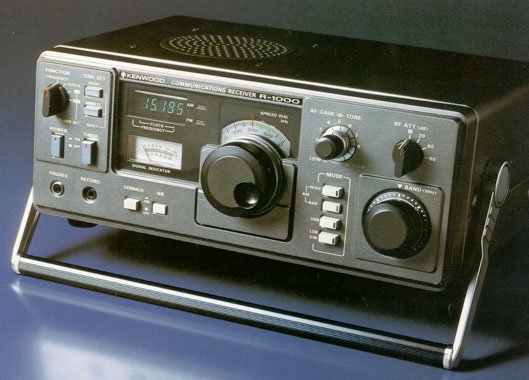Radio Nederland (Happy Station Show): April 20, 1980
/Many thanks to SRAA contributor, Clinton Turner, who shares the following recording and notes:
Broadcaster: Radio Nederlands
Date of recording: 4/20/1980
Starting time: 0530
Frequency: 6.165 MHz
Recption location: North Logan, UT
Receiver and antenna: Panasonic RF-1600 with random wire approx. 50' (15M)
Notes: Happy Station Show with Tom Meijer, 20 April, 1980 - off-air recording
Overview of 1980 Eurovision Song Contest, letters



















